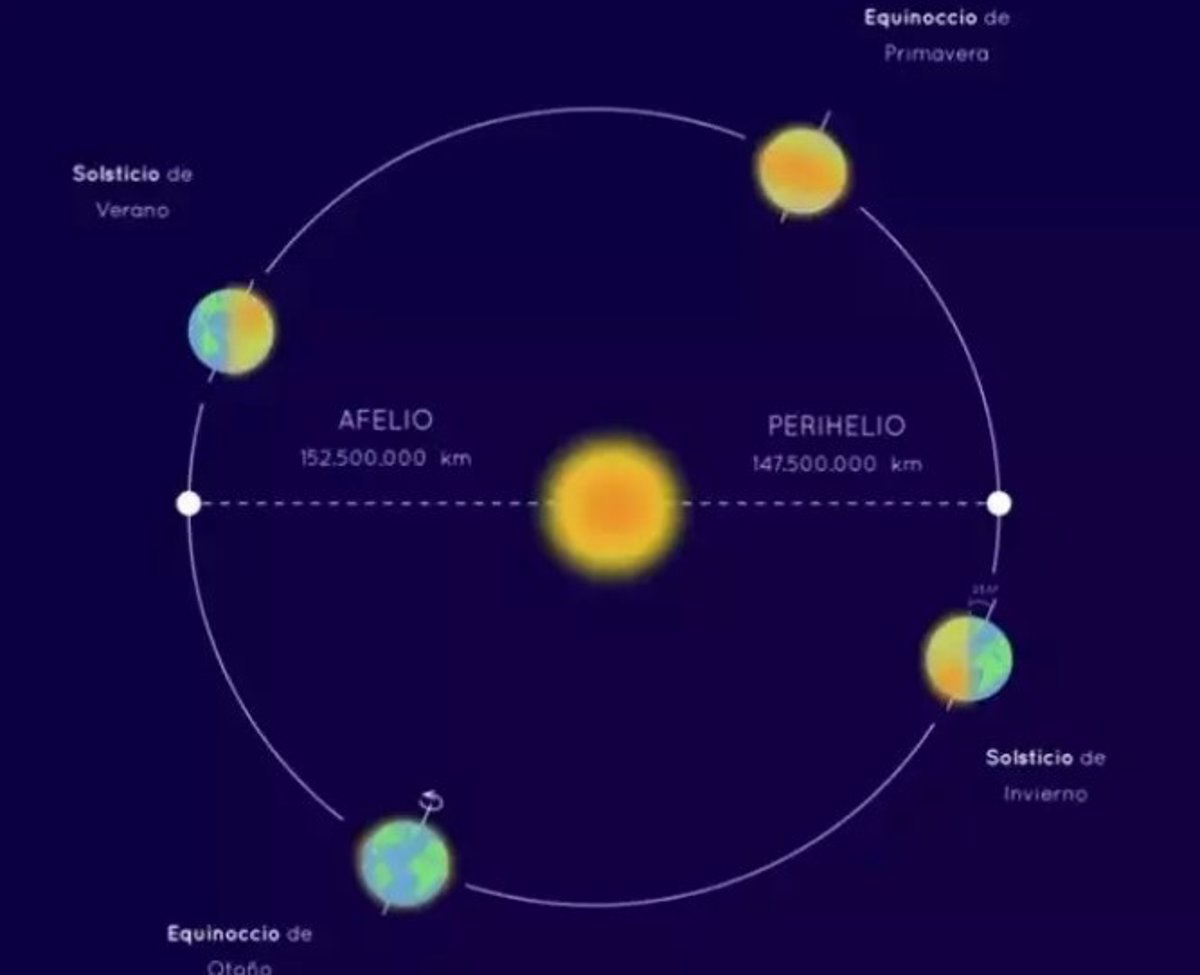888073.1.260.149.20240704102012
Madrid, July 5. (Europe Press) –
This July 5th, Earth will pass the farthest point in its orbit from the Sun in 2024, an astronomical landmark known as aphelion. Held between 2nd and 7th July every year.
The exact moment of greatest separation occurred at 00:06 UTC when the Earth and Sun were 152,098,455 kilometers apart, about five million kilometers further than perihelion, which occurred on January 2 this year. According to the US Naval Observatory.
The Earth revolves around the Sun, describing an elliptical orbit of 930 million kilometers. At an average speed of 107,280 kilometers per hour, That means it takes 365 days and almost 6 hours to travel this distance, so a leap year is calculated every four years.
Changes in speed
But, according to Kepler's second lawThis translational speed varies, increasing until it reaches its maximum at perihelion, the shortest distance from the Sun – 110,700 kilometers per hour. and with a speed of 103,536 kilometers per hour, decreases to a minimum at aphelion. A difference of 7,000 kilometers per hour.
Kepler realized that the line connecting the planets and the Sun covers the same area at the same time. That is, when the planets are closest to the Sun in their orbits They move faster than they are farther away.
Thus, a planet's orbital speed is lower the farther it is from the Sun, and at smaller distances the orbital speed is higher. The average distance from the Sun is about 150 million kilometers. At aphelion it reaches 152.09 million kilometers and at perihelion it recedes to a distance of 147.10 million kilometers.



:quality(75)/cloudfront-us-east-1.images.arcpublishing.com/elcomercio/W65CFEFRMFFM5MIQVW5SQBNHX4.jpg)

